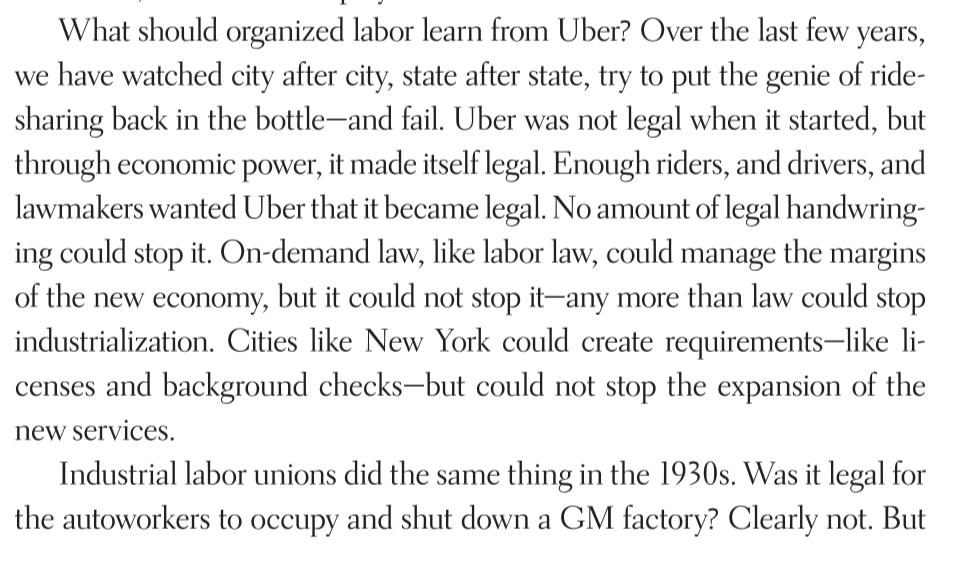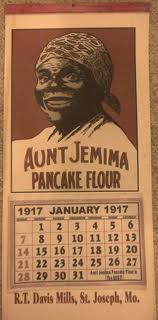
1/ .@rexsantus wrote a great piece today in .@VICENews about why the most important strikes of time are illegal.
In my recent book #TEMP, I wrote about what #labor can learn from @Uber: power is more important than law.
news.vice.com/en_us/article/…?
In my recent book #TEMP, I wrote about what #labor can learn from @Uber: power is more important than law.
news.vice.com/en_us/article/…?
2/ #Uber, when it started, was clearly illegal and its expansion smashed through all the regulations. Just like organized labor did in the 1930s. The industrial unions of the 1930s illegal seized property in a #sitdown strike in #Flint.
3/ When the #UAW shut down that one factory—with only a few hundred workers—all of #GM stopped. Production collapsed from 50,000 cars a month to nearly zero. All of its suppliers stopped as well. The largest corporation in America was brought to its knees.
4/ #GM negotiated the strikers out because the corporations never thought it would last. Industrial unions spread to steel as well. On May 28, 1937, a strike of 78,000 steelworkers spanned seven states in the steel belt from Homestead to #Chicago.
5/ The “Little Steel Strike of 1937” showed that business would not accommodate unionization even in the face of federal directives. These “Little Steel” companies were prepared.
6/ Each company bought tens of thousands of dollars’ worth of tear gas, gas grenades, pistols, and rifles to supply the local police and corporate guards to stop a strike.
7/ In #Chicago, on Memorial Day, came the climax of the strike, when a thousand strikers took American flags and began to walk toward the steel mill. When told to disperse by police, they refused. 

8/ The police fired on the crowd in what was reported as the Memorial Day Massacre, killing seven, wounding 90. Most of the injured were shot in the back. Public sentiment had begun to shift as the Memorial Day Massacre was reproduced in newspapers across the country in 1937.
9/ The excesses of industrial violence had to be contained. Congress, in 1938, passed the Fair Labor Standards Act, in an effort to stop the violence. Laws matter but only because labor and business both had power.
10/ Criticisms of Uber are not about Uber, but about the meaning of Uber in the larger economy. Few people are against the convenience of hitting a button and getting a ride home.
11/ The problem is that we began to think that laws mattered more than power.The laws that seemed to keep the dream of the postwar alive were well-and-truly defunct. If you can’t even regulate taxis, how could you enforce all the rest of the labor law?
12/ Uber is not causing this precarious economy, Uber was possible because of a precarious economy. Uber is the waste product of the service economy.
13/ As workers reassert their power today, it is going to be illegal. The sitdown strikes of the 30s were illegal.
14/ And then so many other ways that labor could be strong – especially second strikes – became illegal as well in the 40s. Our economy is organized by supply chains, but organizing along those supply chains is illegal.
15/ We can organize factory by factory, or store by store, but that is NOT how capital organizes anymore.
Labor needs to relearn a lesson from Uber that it once knew – no law can substitute for real workplace power.
Labor needs to relearn a lesson from Uber that it once knew – no law can substitute for real workplace power.

• • •
Missing some Tweet in this thread? You can try to
force a refresh




